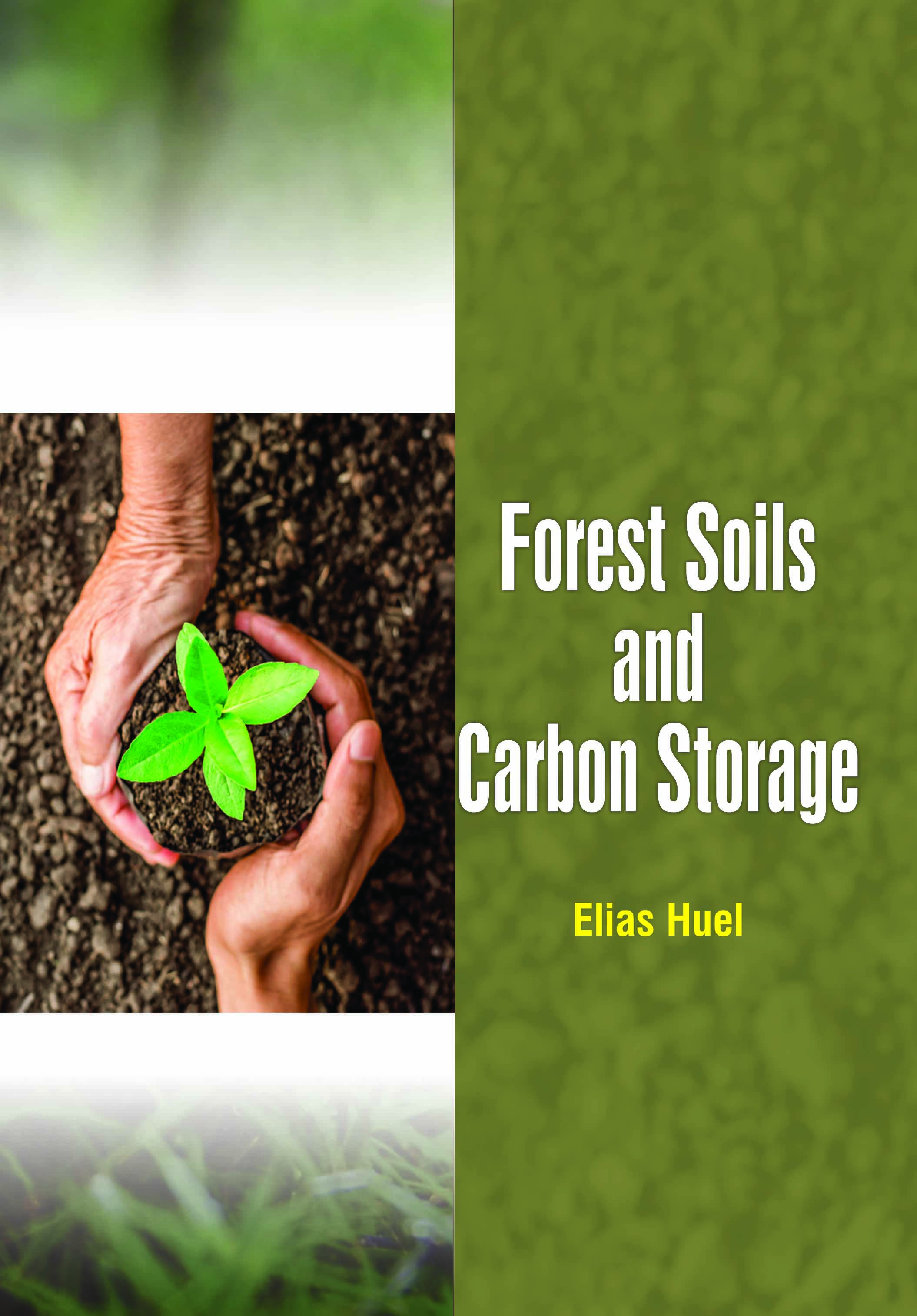
Forest Soils and Carbon Storage
by Elias Huel
| ISBN | 9781799600831 |
|---|---|
| Publisher | White Press Academics |
| Copyright Year | 2020 |
| Price | $225.00 |

by Elias Huel
| ISBN | 9781799600831 |
|---|---|
| Publisher | White Press Academics |
| Copyright Year | 2020 |
| Price | $225.00 |
Forests play a key rolle in the carbon cycle as they store huge quantities of organic carbon, most of which is stored in soils, with a smaller part being held in vegetation. While the carbon storage capacity of forests is influenced by forestry, the long-term impacts of forest managers’ decisions on soil organic carbon (SOC) remain unclear. Using a meta-analysis approach, we showed that conventional biomass harvests preserved the SOC of forests, unlike intensive harvests where logging residues were harvested to produce fuelwood. Soils in equilibrium with a natural forest ecosystem have high carbon (C) density. The ratio of soil: vegetation C density increases with latitude. Land use change, particularly conversion to agricultural ecosystems, depletes the soil C stock. Thus, degraded agricultural soils have lower soil organic carbon (SOC) stock than their potential capacity. Forest has an enormous potential in mitigating climate change through forest restoration. Trees and other vegetation fix carbon as part of photosynthesis and soil too holds organic carbon from plants and animals. The amount of soil carbon varies with land management practices, farming methods, soil nutrition and temperature. Any consideration of forest carbon storage must include soils. In temperate forest ecosystems, the amount of carbon stored in soils is often greater than the amount stored aboveground in living and dead plant biomass. Although the relative amounts of organic carbon in plant and soil components vary by climate and region belowground carbon is a substantial carbon pool. Soil Processes and the Carbon Cycle describes soil processes and their effects on the global carbon cycle while relating soil properties to soil quality and potential and actual carbon reserves in the soil. In addition, this book deals with modeling the carbon cycle in soil, and with methods of soil carbon determinations.